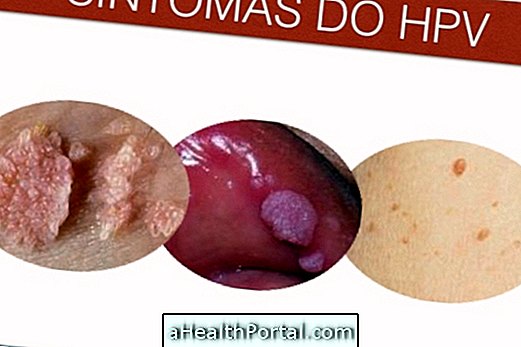White spots on the tooth can be indicative of caries, excess fluoride or changes in tooth enamel formation. Stains can appear on both baby teeth and permanent teeth and can be avoided by periodic visits to the dentist, flossing and correct brushing, at least 2 times a day.
The 3 main causes of white stain on teeth are:

1. Caries
The white spot caused by caries corresponds to the first sign of wear and tear of the enamel and usually appears in places where there is an accumulation of food, such as near the gum and between the teeth, which favors the proliferation of bacteria and the formation of plaque. Learn more about the symptoms, causes and treatment for tooth decay.
Caries is usually related to the lack of adequate oral hygiene, associated with an excessive consumption of sweet foods, which favors bacterial growth and the appearance of plaques. Thus, it is important to brush your teeth well, with fluoride toothpaste, preferably, and floss at least twice a day, especially before bed.
2. Fluorosis
Fluorosis corresponds to excess exposure to fluoride during tooth development, either by a greater application of fluoride by the dentist, a large amount of toothpaste used to brush teeth or accidental consumption of toothpaste with fluoride, which leads to the appearance of white spots on the teeth.
White spots caused by excess fluoride can be removed by whitening or placing dental veneers, also known as dental contact lenses, according to the dentist's recommendation. Know what they are for and when to put contact lenses on your teeth.
Fluoride is an important chemical element to prevent teeth from losing their minerals, and to prevent wear and tear caused by bacteria and substances present in saliva and food. Fluoride is usually applied in a dental office from the age of 3, but it can also be present in toothpastes, with a small amount being used in daily life. See what are the benefits and risks of fluoride application.
3. Enamel hypoplasia
Enamel hypoplasia is a condition characterized by the deficiency of tooth enamel formation, leading to the appearance of small lines, missing part of the tooth, changes in color or the appearance of stains depending on the degree of hypoplasia.
People with enamel hypoplasia are more likely to have cavities and suffer from sensitivity, so it is important to go to the dentist regularly and maintain good oral hygiene. Usually the stains caused by hypoplasia are easily treated by means of tooth whitening or the use of remineralizing toothpastes. However, if in addition to the stains there is a lack of teeth, dental implants may be recommended by the dentist. Learn more about tooth enamel hypoplasia, causes and treatment.
What to do
To avoid the appearance of white spots on the tooth, it is recommended to go to the dentist periodically for a routine cleaning, in which plaque, tartar and some stains are removed. The dentist can also indicate the performance of microabrasion, which corresponds to a superficial wear of the tooth, or tooth whitening. See 4 treatment options to whiten your teeth.
In addition, a change in diet may be indicated by the dentist, avoiding acidic foods and drinks so that further damage to the tooth enamel does not occur. It is also important to perform the correct oral hygiene, at least twice a day, through brushing and flossing. Learn how to brush your teeth properly.
Was this information helpful?
Yes No
Your opinion is important! Write here how we can improve our text:
Any questions? Click here to be answered.
Email in which you want to receive a reply:
Check the confirmation email we sent you.
Your name:
Reason for visit:
--- Choose your reason --- DiseaseLive betterHelp another personGain knowledge
Are you a health professional?
NoMedicalPharmaceuticalsNurseNutritionistBiomedicalPhysiotherapistBeauticianOther
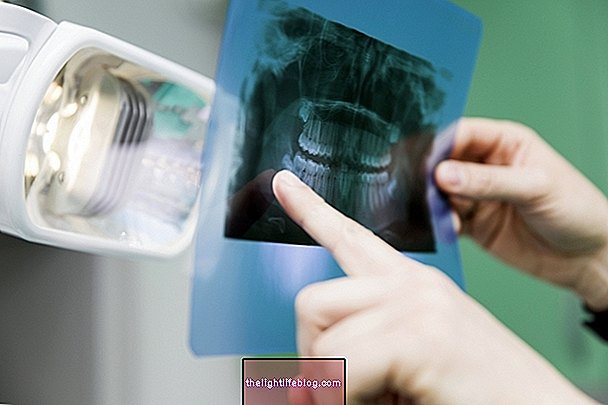

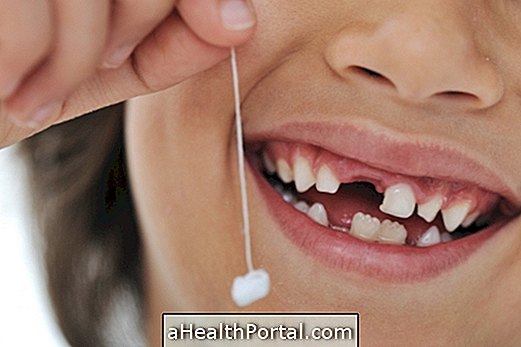
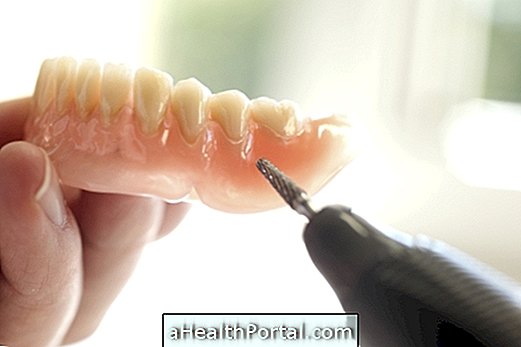
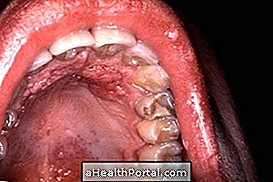
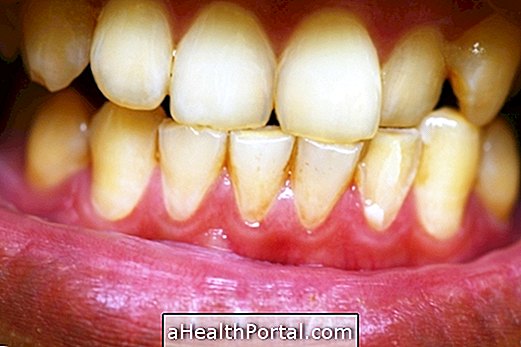



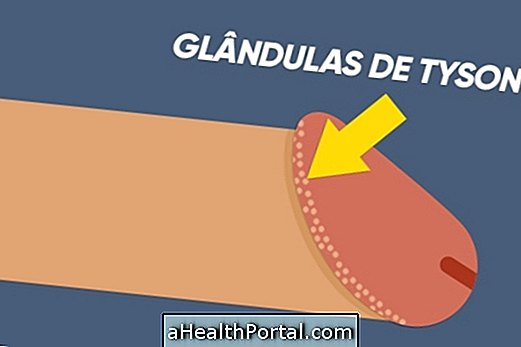

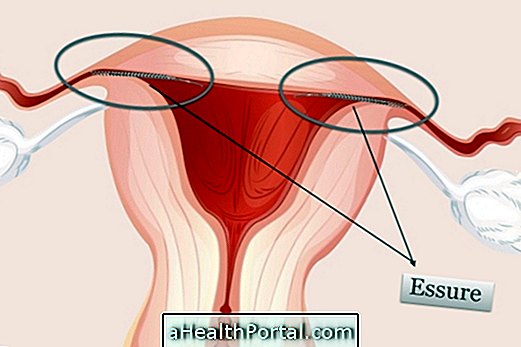








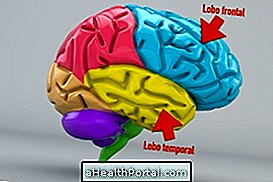

/vacina-covid-19-como-funciona-eficcia-e-efeitos-colaterais.jpg)


